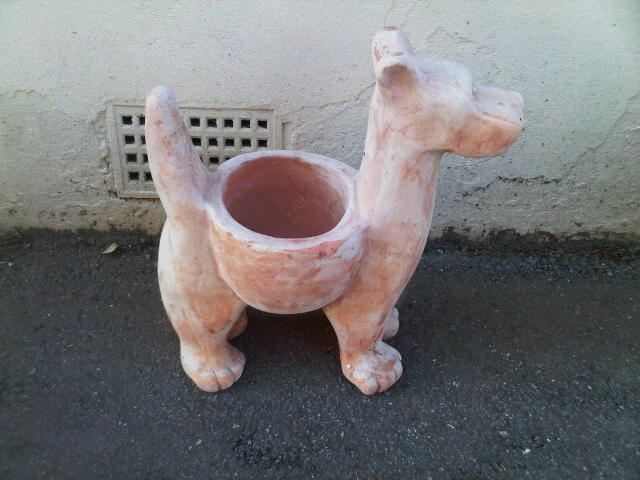
"The pioneering scientific work carried out by Chinese experts in the late 1970s and early 1980s was rigorous and convincing. "We were always fascinated by the possibility that Qin artisans might have used some form of super-advanced technology in order to preserve their weapons for the afterlife," Martinon-Torres said. Its bronze weapons were found to have traces of chromium on them, which researchers believed may have been purposfully applied to help prevent rust. Since its discovery in the 1970s, scientists have been working to understand how the monument was built and preserved. It was buried with the emperor, supposedly protecting him in the afterlife. The army consists of 8,000 soldiers, 130 chariots, 520 horses, and 150 cavalry. The Terracotta Army, which dates to between 210 and 209 B.C., was built for Qin Shi Huang, the founder of the Qin dynasty and first emperor of a unified China. and China looked at how the ancient civilization brought together technological knowledge, artistry, labor and materials to "create something as large and sophisticated as the First Emperor's Mausoleum," he told Newsweek.

The collaboration between researchers in the U.K. Marcos Martinon-Torres, from the Department of Archaeology at the U.K.'s University of Cambridge, was part of a project to understand how the Terracotta Army came to be. The weapons, once thought to have been coated in some advanced anti-rust technology, was actually preserved by accident due to the natural conditions in which the monument was erected.

A long standing mystery about the preservation of China's Terracotta Army appears to have been solved.


 0 kommentar(er)
0 kommentar(er)
